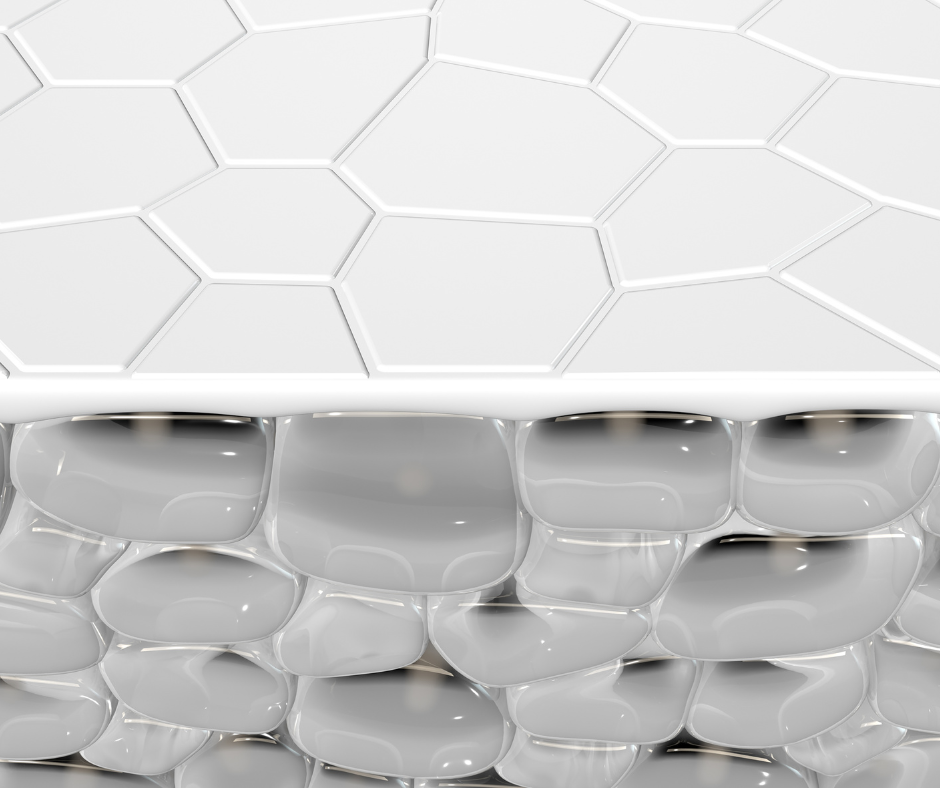Tallow: Exploring its Ceramide Content

In the world of skincare, the pursuit of flawless, radiant skin often leads enthusiasts down a rabbit hole of ingredients, each promising miraculous results. Amidst this vast landscape of lotions, serums, and creams, one ingredient that has garnered attention is tallow. Yes, you read that right – tallow, the rendered form of animal fat, is making waves in skincare circles. But what exactly is tallow, and does it contain ceramides, the coveted compounds known for their skin-repairing properties?

What is Tallow?
Tallow is a substance derived from the rendered fat of animals, typically cattle or sheep. It has been used for centuries in various applications, ranging from cooking to candle making. However, its use in skincare has gained traction in recent years, thanks to its purported moisturising and nourishing properties. Products like the tallow cleansing soap from FatCowSkin demonstrate its versatility in personal care.
Ceramides: The Skin's Natural Barrier
Before we explore tallow's ceramide content, let's understand the significance of ceramides in skincare. Ceramides are lipids (fats) naturally found in the skin's outermost layer, known as the stratum corneum. They play a crucial role in maintaining the skin's barrier function, which is essential for retaining moisture and protecting against environmental stressors. Additionally, ceramides help prevent water loss, keeping the skin hydrated and supple. They contribute to the skin's suppleness, firmness, and overall health. When ceramide levels are depleted, typically due to factors like ageing, harsh weather conditions, or improper skincare routines, the skin's barrier becomes compromised, leading to issues such as dryness, irritation, and sensitivity. Therefore, skincare products formulated with ceramides can help replenish and fortify the skin's barrier, promoting hydration and maintaining its optimal function.

Ceramides in Food
Foods rich in ceramides provide a natural way to support skin health from within. Some of the best dietary sources of ceramides include whole grains like wheat germ, brown rice, and barley, as well as soybeans and other soy products like tofu. Nuts such as almonds and walnuts, and seeds like sesame seeds and sunflower seeds are also rich sources of ceramides. Additionally, incorporating healthy fats like avocados and olive oil into your diet can help boost ceramide levels. Eggs, dairy products, and certain fish like salmon and tuna contain ceramides as well. Including these ceramide-rich foods in your diet can contribute to maintaining the skin's barrier function, promoting hydration, and supporting overall skin health.

Tallow and Ceramides: The Connection
The question arises: Does tallow contain ceramides? While tallow itself does not contain ceramides in their pure form, it does contain fatty acids that are structurally similar to ceramides. These fatty acids, such as palmitic, stearic, and oleic acids, can help support the skin's lipid barrier and enhance its moisture-retention capabilities.
Furthermore, tallow is rich in other nutrients that benefit the skin, including vitamins A, D, E, and K, as well as antioxidants. These compounds work synergistically to nourish and protect the skin, promoting a healthy complexion.
The Benefits of Tallow for Skin
- Moisturisation: Tallow's fatty acid profile makes it an excellent moisturiser, helping to hydrate and soften the skin. It can be especially beneficial for individuals with dry or sensitive skin.
- Barrier Repair: By replenishing the skin's lipid barrier, tallow can aid in repairing and strengthening the skin's natural defences. This can help improve overall skin health and resilience.
- Nourishment: Tallow contains vitamins and antioxidants that nourish the skin, promoting a youthful appearance and combating signs of ageing. These properties make tallow for face applications highly effective in enhancing skin health.
- Compatibility: Tallow is well-tolerated by most skin types, including sensitive skin, making it a versatile ingredient in skincare formulations.
Incorporating Tallow into Your Skincare Routine
If you're intrigued by the potential benefits of tallow for your skin, there are several ways to incorporate it into your skincare routine:
- Tallow-Based Products: Look for skincare products formulated with tallow, such as moisturisers, balms, and cleansers. The deodorant stick by fatcow harnesses tallow's benefits to offer an effective and skin-friendly option for daily hygiene.
- Spot Treatment: Tallow can also be used as a spot treatment for dry patches or areas of irritation, providing targeted hydration and relief.
Combining the application of tallow to the skin with a diet rich in ceramide-containing foods forms a potent synergy for optimal skin health. Tallow, derived from animal fats, is a rich source of fatty acids similar to those found in the skin's natural barrier. When applied topically, it nourishes and replenishes the skin's lipid layer, enhancing moisture retention and protection against external stressors. Moreover, is tallow antifungal? Indeed, its properties can also contribute to protecting the skin against fungal infections, further enhancing its benefits for skin care. On the other hand, consuming foods abundant in ceramides provides essential building blocks for the skin's barrier function from within. This dual approach ensures comprehensive support for skin hydration, resilience, and overall well-being, making it a perfect combination for maintaining healthy, radiant skin.





